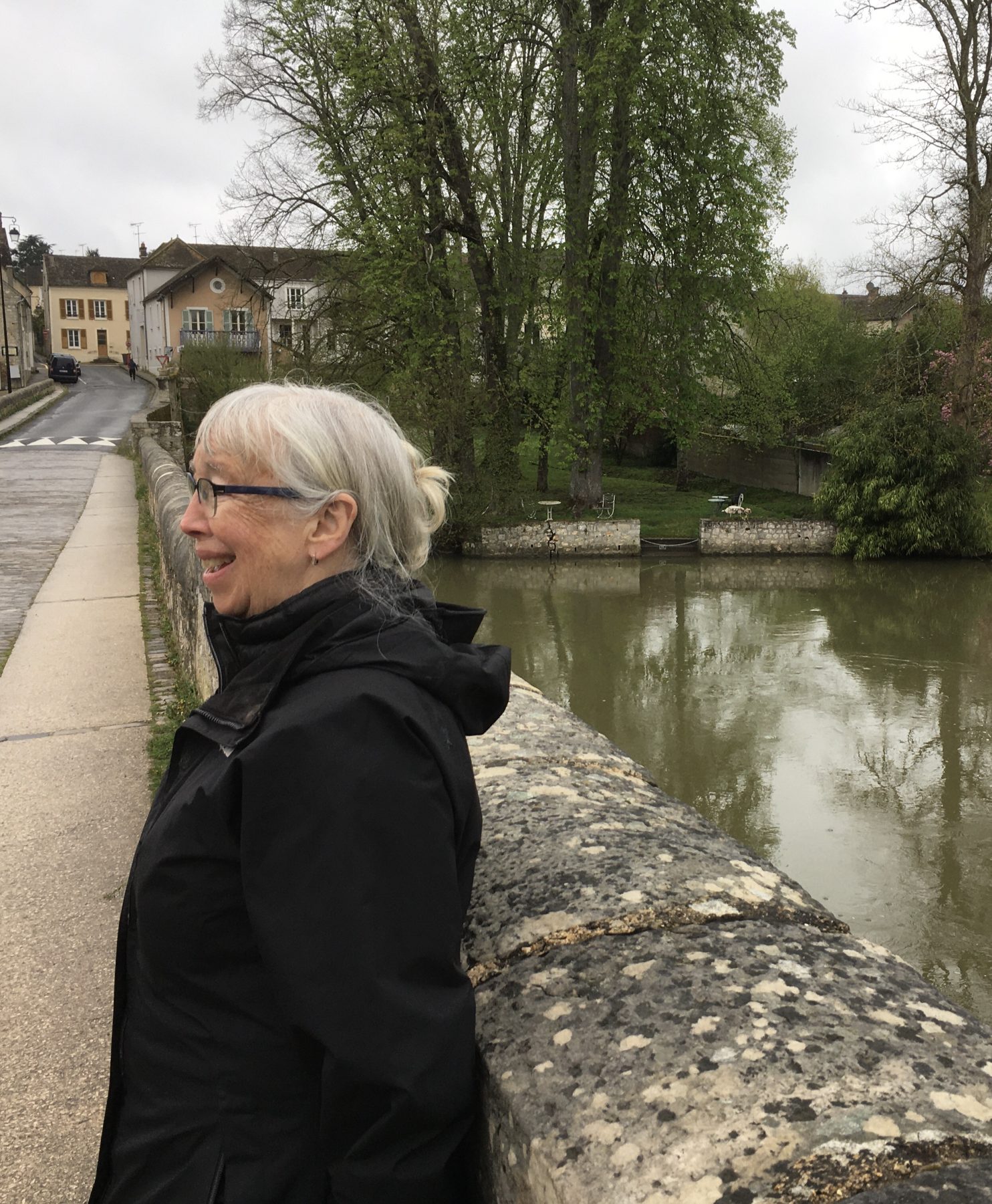October 31, 2022
SELTA at 40: Linda Schenck
Linda Schenck joined SELTA in the mid-1980s and looks back at a translation career that began in 1979.
When did you join SELTA?
I have no idea when I joined SELTA, but I was not a founder member. Because I live in Sweden but grew up in the US, and because STiNA did not exist at the time, I turned to SELTA at some point (maybe in around 1985?) and asked if I could possibly join so that I could have more regular contact with other native English-speaking translators. I have lived in Sweden since 1972 and been translating since around 1979. Swedish Book Review, originally Swedish Books, was founded in Göteborg, where I live, and I was an early contributor, but not a founder member there, either.
Tell us about your career – where did you learn Swedish, how did you become a translator? What would you say you specialise in?
My American husband and I moved to Sweden in 1972 not knowing that we would be here for more than a summer. Languages have always been what I was good at, but I knew no Swedish when we first came. I taught English and worked with young people for several years before being accepted to an interpreting and translation course at Gothenburg University in autumn 1977.
So I have been translating since manual typewriters, carbon paper and Tippex were the way of working (and if you made more than a small mistake you had to retype the whole page). Ditto dictionaries, phoning institutions for help with terms, and writing letters with envelopes and stamps. I have followed the entire path from there to electric typewriters, early computers with magnetic cards, the advent of the World Wide Web, the internet, email zoom and so forth.
Did your career trajectory change? Is it different now compared with what you expected at the start?
My main profession from 1980 until 2013 when I retired was conference and court translation and interpreting, and most of my focus in terms of contributing time and energy to organisations went in that direction. But literary translation has always been where my heart is. I began translating literature in the mid-1980s, but only in my “spare time”. Sadly, literary translation has thus always been a sideline for me (though I have almost always been working on a novel translation), and only in the last decade have I been a seriously active contributor to SELTA and SBR.
What are some of your most interesting translation projects?
The three authors I have translated several books by, Kerstin Ekman, Selma Lagerlöf and Annika Thor are close to my heart, but I have enjoyed almost every project upon which I have embarked. This summer has included a new series of poems by Ingela Strandberg and an excerpt from Olivia Bergdahl’s memoir Vård och omsorg. I quite simply love working with words, puzzling over formulations, and not least answering questions about English for my colleagues who are translating into Swedish.
How is the world of translation today different to when you started out?
What I miss most about the “old” world of translation is being able to propose books for translation to editors with whom I have worked previously and being listened to. Today most editors seem to move on so fast there is hardly time to propose something new, and whether or not that book has sold at the book fair in Frankfurt seems the decisive factors. What I like most, beyond the translation process itself, is discussions with knowledgeable editors whose input is invaluable.
How has being a SELTA member helped in your career (if it has!)?
I was just thinking over breakfast how important it has been to me, over the years, to feel part of a “translators’ community”, i.e. SELTA and SBR in the UK and some other fora in Sweden. And I’ve very much enjoyed doing virtual readings for World Kit Lit month and Translators Aloud. It’s something I’ve really appreciated.

